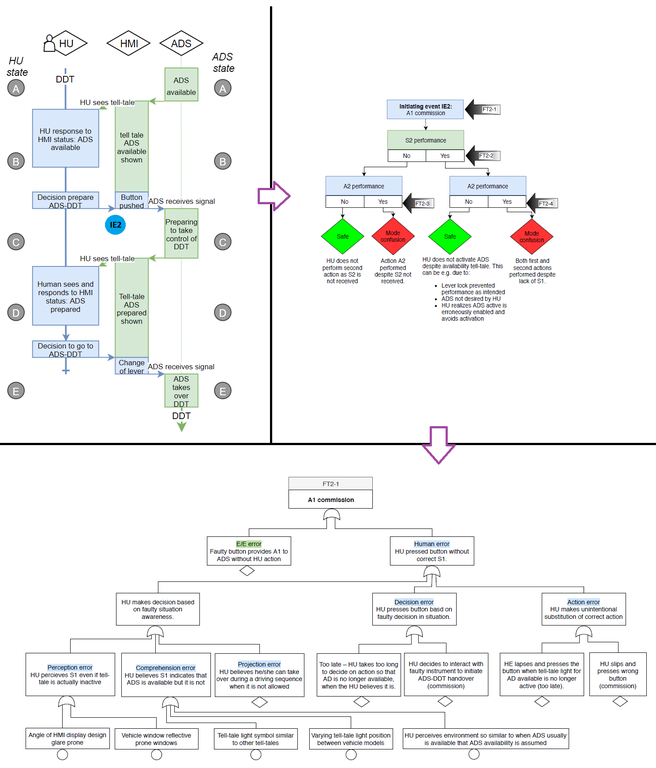Human interaction safety analysis (HISA)
Find safety issues in human-machine interaction (HMI) protocols. The aim of the method is to enable the HMI design to be improved to reduce safety risks, and the analysis results can also be used as part of a safety case.

